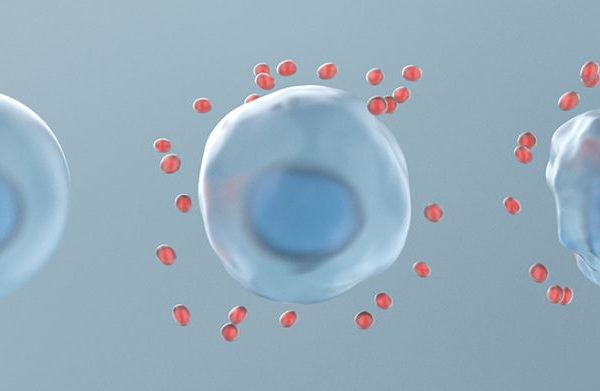
SHA Magazine Health & Beauty
Mouldable brain: the science behind neuroplasticity
The greatness of our brain lies in neuroplasticity. An extraordinary capacity of our central organ to transform, adapt and reconfigure itself functionally and physically in the face of environmental stimuli, trauma or cognitive demands.
After a stroke, and depending on its severity, a person may have several functions compromised, including speaking, walking, moving an arm, remembering or reading. The brain has suffered a trauma, it has been deprived of blood irrigation for a period of time and the affected areas cease to function as they did previously. How is it possible that months later this patient has recovered almost completely? The answer lies in the neuroplasticity of the brain which is able to readjust, change in a guided way and, with effort and training, adapt to new circumstances.
Some studies have tested the effect of neuroplasticity in patients suffering from aphasia, communication problems, after suffering a brain injury. The language function is generally located in the left hemisphere of the brain and, if important areas of this half of the brain are affected, individuals may have difficulty understanding and producing words. If this mechanism is affected by a stroke, it is necessary to resort to neuroplasticity to attempt to restore the lost ability.
Research has proven that intensive language therapy can restore the functioning of the damaged left hemisphere areas and their neural connections. It can even cause changes in the structures of the right hemisphere, further aiding recovery.
Music and neuroplasticity
Music is a gift for the memory of the brains affected by trauma. A recent study has been able to observe the changes produced by music therapy in patients who have suffered a cranioencephalic trauma. In the study, the injury had impaired the executive functions. These higher cognitive skills are the ones that allow us to achieve goals, adapt to new situations or manage social interactions.
The executive functions of the brain include processes such as inhibition, flexibility, planning, reasoning and decision-making. After three months of music therapy, the affected patients showed significant changes in important areas of their frontal lobe, specifically in the prefrontal cortex, which is responsible for the correct performance of these skills.
What is the role of neuroplasticity in a healthy brain?
We never lose the capacity to learn. No matter how old you are, you can always learn a language or play an instrument. As Pablo Picasso said: “When I’m told I’m too old to do something, I start doing it as soon as possible.
This ability to learn is a manifestation of neuroplasticity. Learning something new is our gift to the brain because, with each new skill acquired, our organ becomes more ductile and plastic. Music training has been considered an interesting framework for investigating induced neuroplasticity in healthy brains. Although certain brain differences predispose certain people to learn to play an instrument more easily, studies show that listening to and producing music leads to functional changes in the brain’s motor network and its connections with the auditory system.
Short-term neural changes and reconnections also occur when we learn a language, in young people and in adults, as well as in the elderly. When we begin to familiarise ourselves with the language, its vocabulary and grammatical structures, the brain undergoes the necessary modifications to make learning possible.





